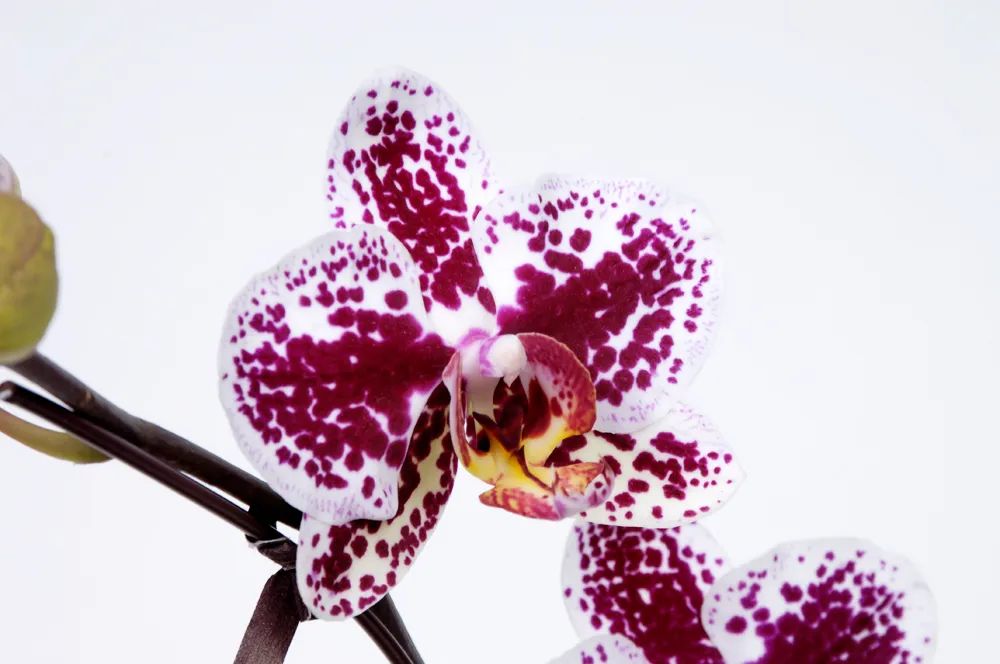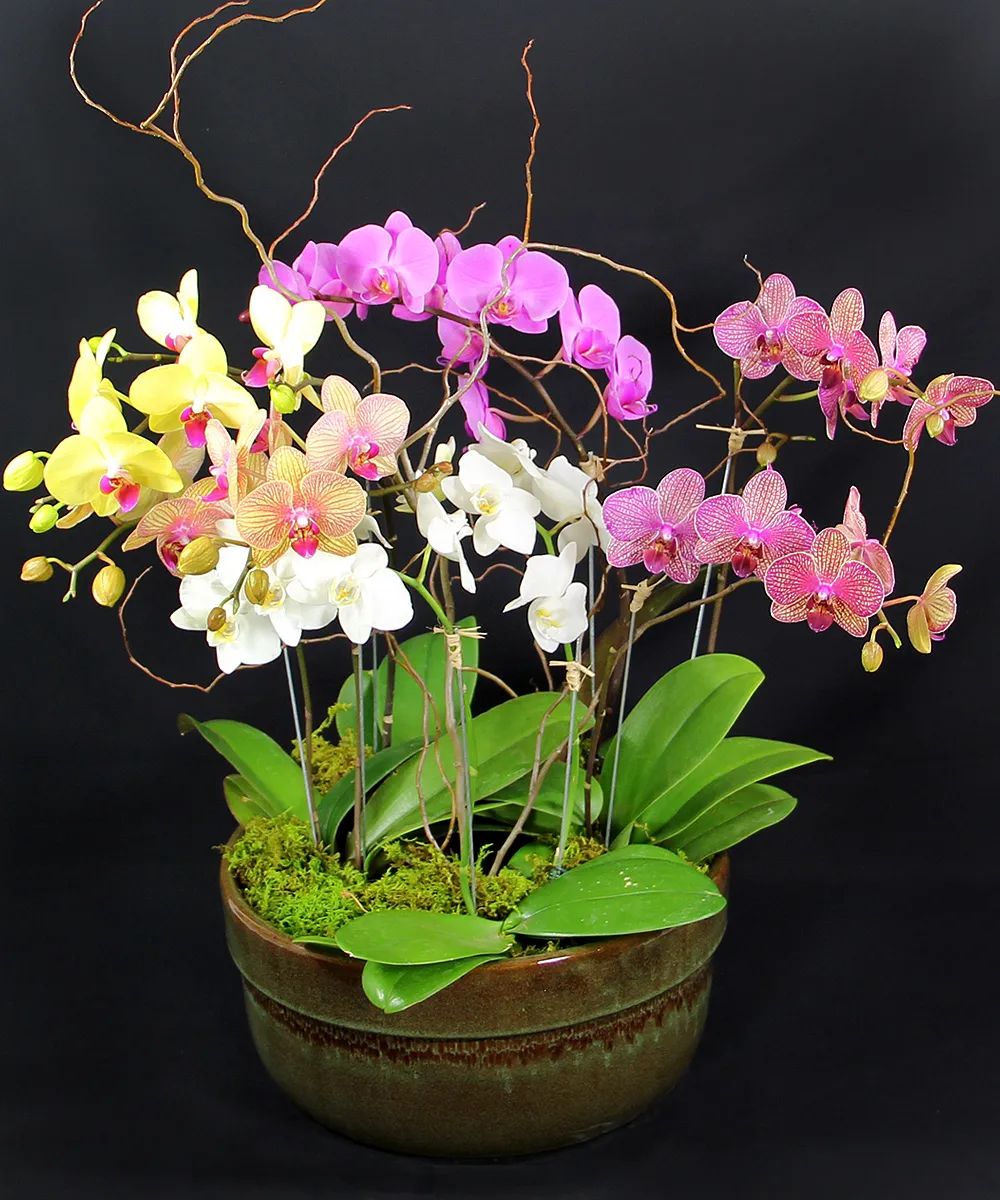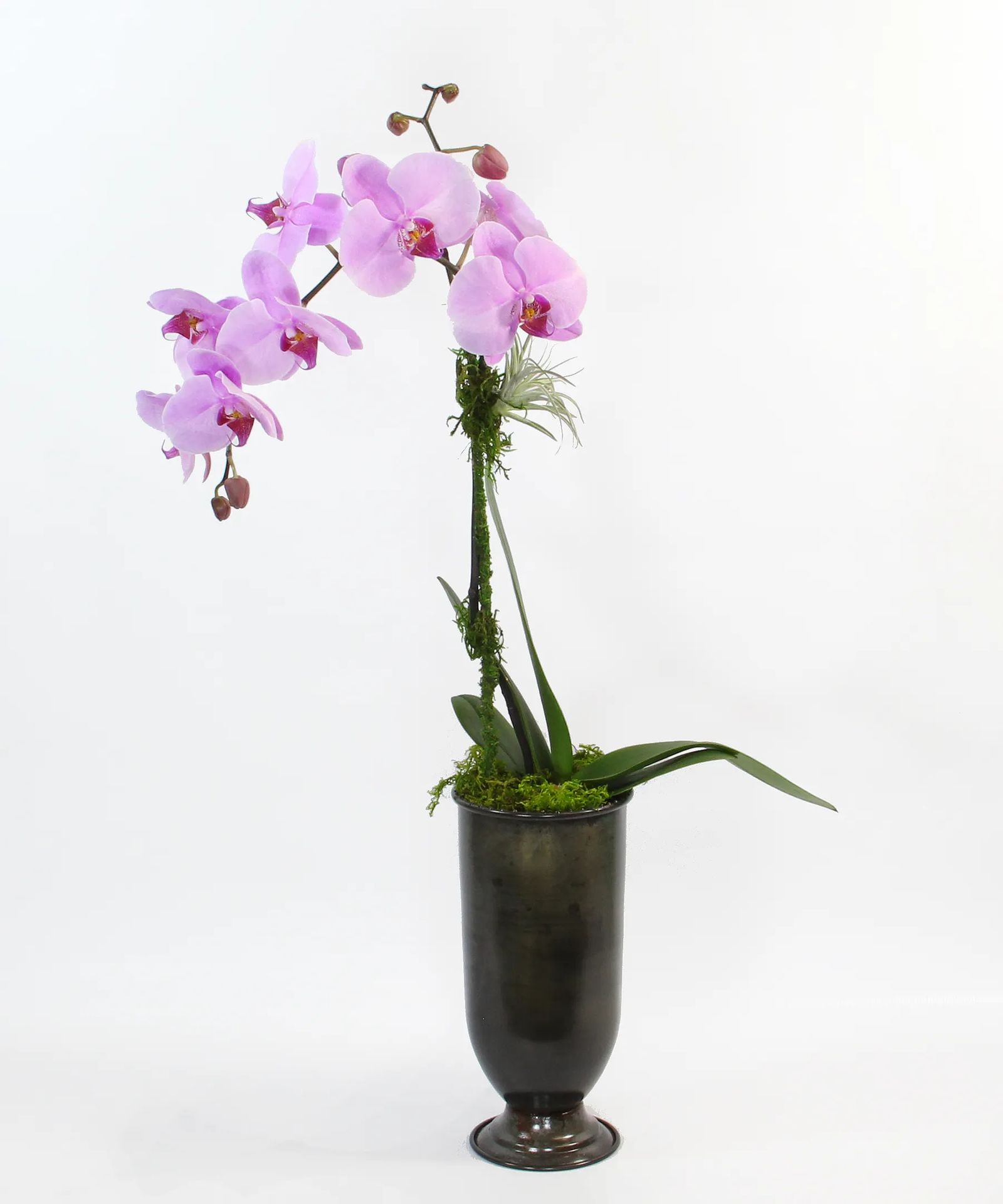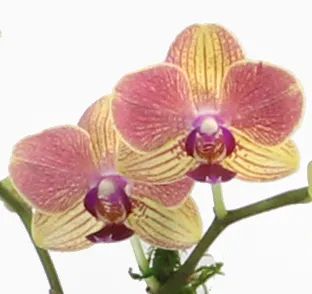
Mysterious & Exotic
Say hello to these hardy and long lived blooms
Orchids have a reputation for being mysterious and exotic, and for being high maintenance and hard to grow. Exotic? Yes. Hard to grow? No. In fact, orchids are very hardy, long-lived and will bloom for weeks at a time.
The best overall performer for growing inside the home is the phalaenopsis, thus the expression “You can’t fail with a phal.” Understanding where the orchid varieties are found in nature is key to selecting the “right” orchid for you. These beauties grow in the wild like weeds - attaching themselves to the bark on trees. The moisture varies from heavy to dry depending on the season.

We recommend placing the orchid in an area with good air circulation, the proper light and humidity. Provide bright light, but no direct sun. An east, west or shaded south window is best. The hardest component to properly achieve in our area is humidity. This can be accomplished by placing the orchid on a bed of pea gravel in a plastic saucer filled with some water. The humidity will increase in the little ecosystem that has been created and provide an environment for success. Bathrooms with good light are great, but the humidity from a shower is only advisable in the morning. The water has to have enough time to evaporate from the leaves of the orchids during the rest of the day. If you are a “shower at night person”, the kitchen counter works well also because of the humidity created from washing dishes.

The phalaenopsis likes to be consistently moist. Do not allow it to dry out completely. Because orchids are grown in a variety of media ranging from bark to soil to moss, the best way to judge if your orchid needs to be watered is “the pencil test.” Simply, poke a sharpened pencil gently into the potting medium and pull it out. If the tip is darkened with moisture, the orchid does not need to be watered at this time. However, if the pencil tip is dry, it is time to water. Always water your orchid thoroughly so the water runs out of the bottom of the pot.
Fertilizer must be provided on a regular basis because most potting media have little nutrition. A good general rule is to use a balanced fertilizer with a 1-1-1 ratio and mix it at a ¼ of the recommended rate of dilution. Just remember to fertilize “weakly, weekly” and your orchid will flourish.

Give an orchid a try. They bloom once a year for a long time. To have constant blooms, you simply add another plant that is in full bloom when the first has expired and so on. With about 6-7 orchids, blooms are possible all year long. Once you’ve established your indoor orchid garden, your family and friends will marvel at your talent. Let’s keep the fact that they’re really easy to grow between us!









